Photo: NASA’s Goddard Space Flight Center/S.
The explosion happens roughly every 80 years.
So unless you’re a toddler or a vampire, this is probably your only chance to witness it.
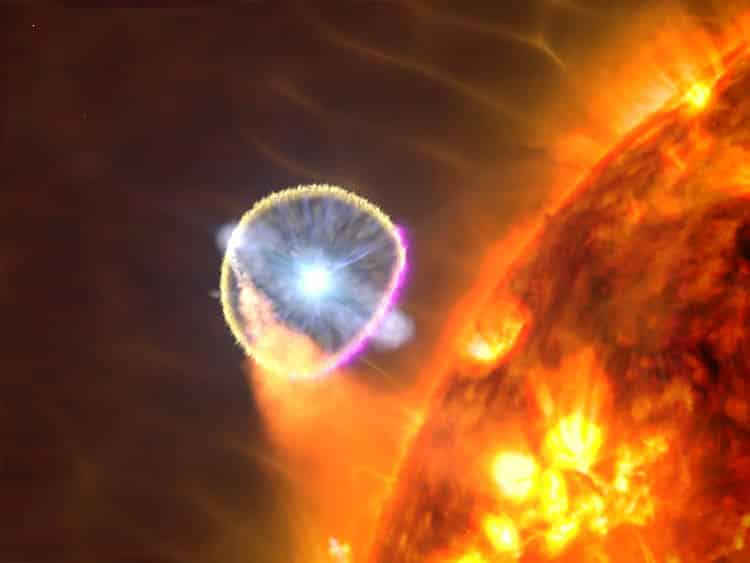
Photo: NASA’s Goddard Space Flight Center/S. Wiessinger
Anovais an event that happens between two stellar bodies that make up a binary star.
They are so dense they contain the mass of our Sun within the volume of the Earth.
Then an explosion akin to a thermonuclear bomb going off occurs.
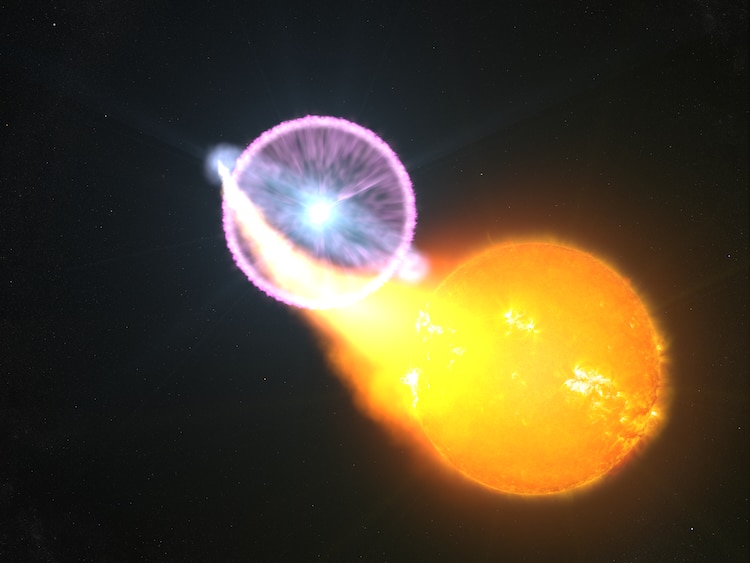
Novae typically originate in binary systems containing sun-like stars, as shown in this artist’s rendering. A nova in a system like this likely produces gamma rays (magenta) through collisions among multiple shock waves in the rapidly expanding shell of debris. (Photo: NASA’s Goddard Space Flight Center/S. Wiessinger)
Novae typically originate in binary systems containing sun-like stars, as shown in this artist’s rendering.
(Photo: NASA’s Goddard Space Flight Center/S.
Wiessinger)
Scientists aren’t sure why the T CrB nova seems to take place every 80 years.
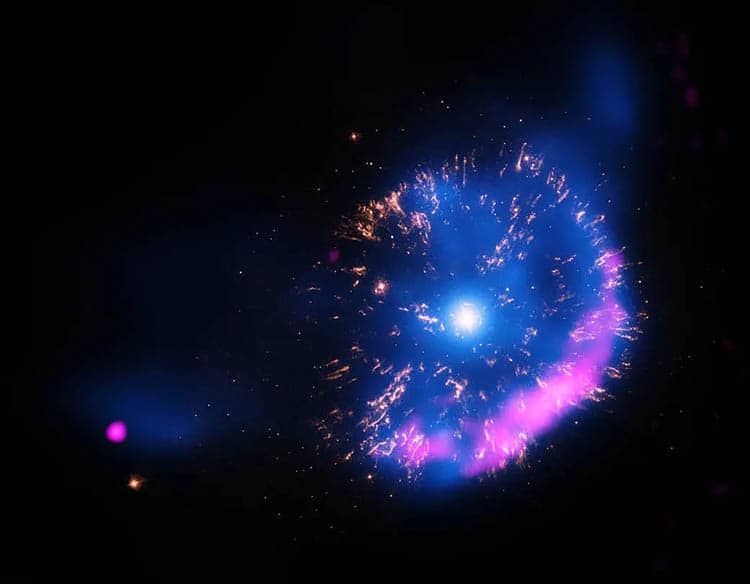
This image of the classic nova GK Persei contains X-rays from Chandra (blue), optical data from NASA’s Hubble Space Telescope (yellow), and radio data from the National Science Foundation’s Very Large Array (pink). The X-ray data show hot gas and the radio data show emission from electrons that have been accelerated to high energies by the nova shock wave. The optical data reveal clumps of material that were ejected in the explosion. The nature of the point-like source on the lower left is unknown. (Photo: NASA)
It might have something to do with how comparatively large the white dwarf is.
Then for the past year it was dimming in magnitude.
This is thought to be a sign that the nova will happen this summer.
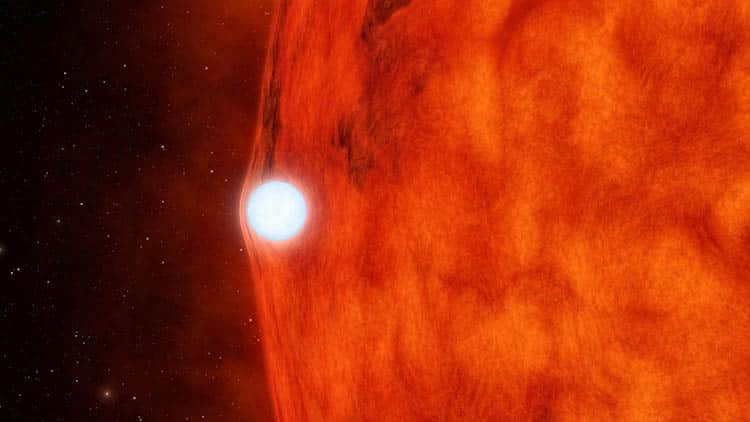
Dead Star Warps Light of Red Giant-This artist concept depicts an ultra-dense dead star, called a white dwarf, passing in front of a red giant. This is a binary system similar to the one about to have a nova, T Corona Borealis. (Photo:NASA/JPL-Caltech)
Along with the February 1946 nova, T CrB was definitely witnessed in 1866.
Nineteenth century astronomers were even able to predict that it would return in 80 years from their observations.
Schaeffer has ruled out other possible explanations for this bright star suddenly appearing.
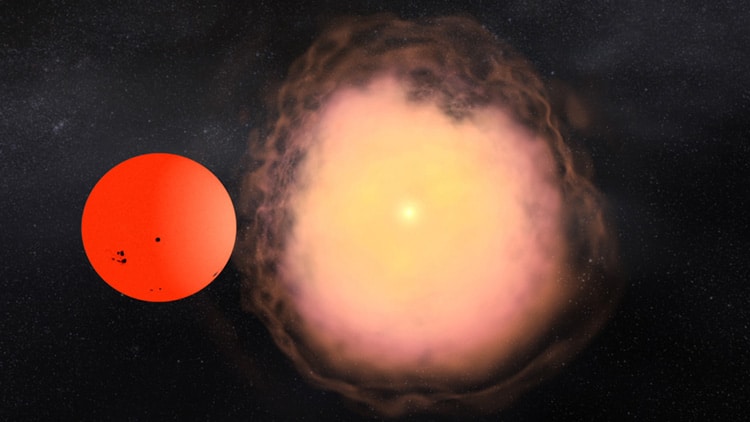
A stunning amount of energy is unleashed when a star goes nova. (Photo: NASA/Goddard)
A wonderful sign was seen, Burchard wrote.
He also noted that the object near the constellation Corona Borealis shone with great light for many days.
Monks were familiar with comets and at the time considered them bad omens.
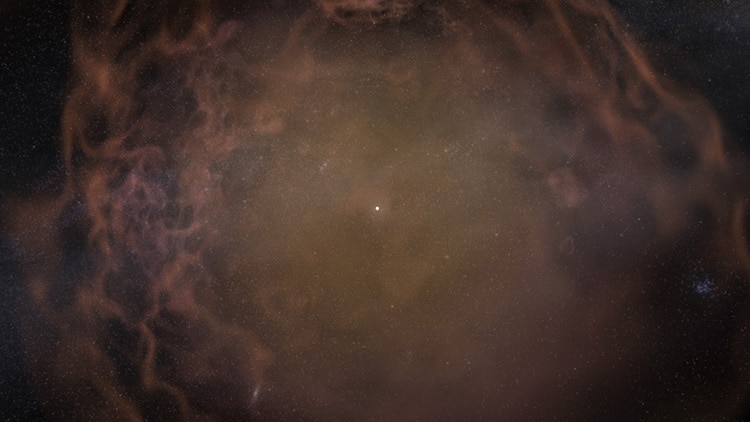
The white dwarf remains intact even though the explosion releases as much energy as our sun emits in 100,000 years.(Photo: NASA/Goddard)
However Burchard seemed to think this event was a positive sign.
This is why Schaeffer is convinced this was an instance of T CrB going nova.
And if it was a supernova, its remnants would still be detectable.
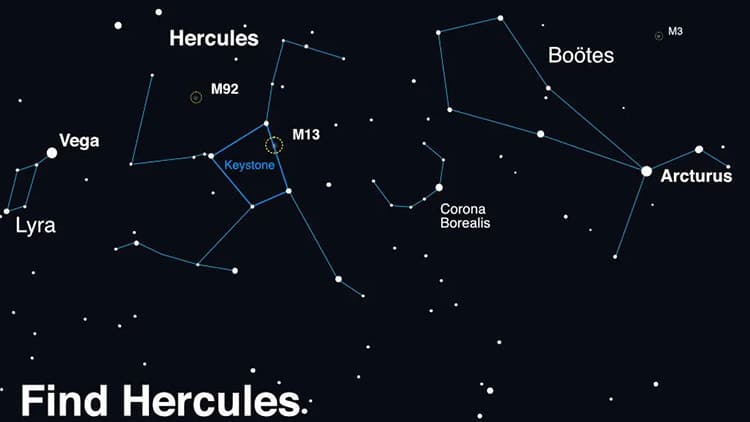
Look up after sunset during summer months to find Hercules! Scan between Vega and Arcturus, near the distinct pattern of Corona Borealis. Once you find its stars, use binoculars or a telescope to hunt down the globular clusters M13 (and a smaller globular cluster M92). If you enjoy your views of these globular clusters, you’re in luck – look for another great globular, M3, in the nearby constellation of Boötes. (Photo: NASA/ Stellarium)
The optical data reveal clumps of material that were ejected in the explosion.
The nature of the point-like source on the lower left is unknown.
We cant wait to get the full picture of whats going on.
This nova will be an event that connects us across generations through history.
It will also be an opportunity to advance the science of what we can comprehend.
This is a binary system similar to the one about to have a nova, T Corona Borealis.
A stunning amount of energy is unleashed when a star goes nova.
(Photo: NASA/Goddard)
Look up after sunset during summer months to find Hercules!
Scan between Vega and Arcturus, near the distinct pattern of Corona Borealis.